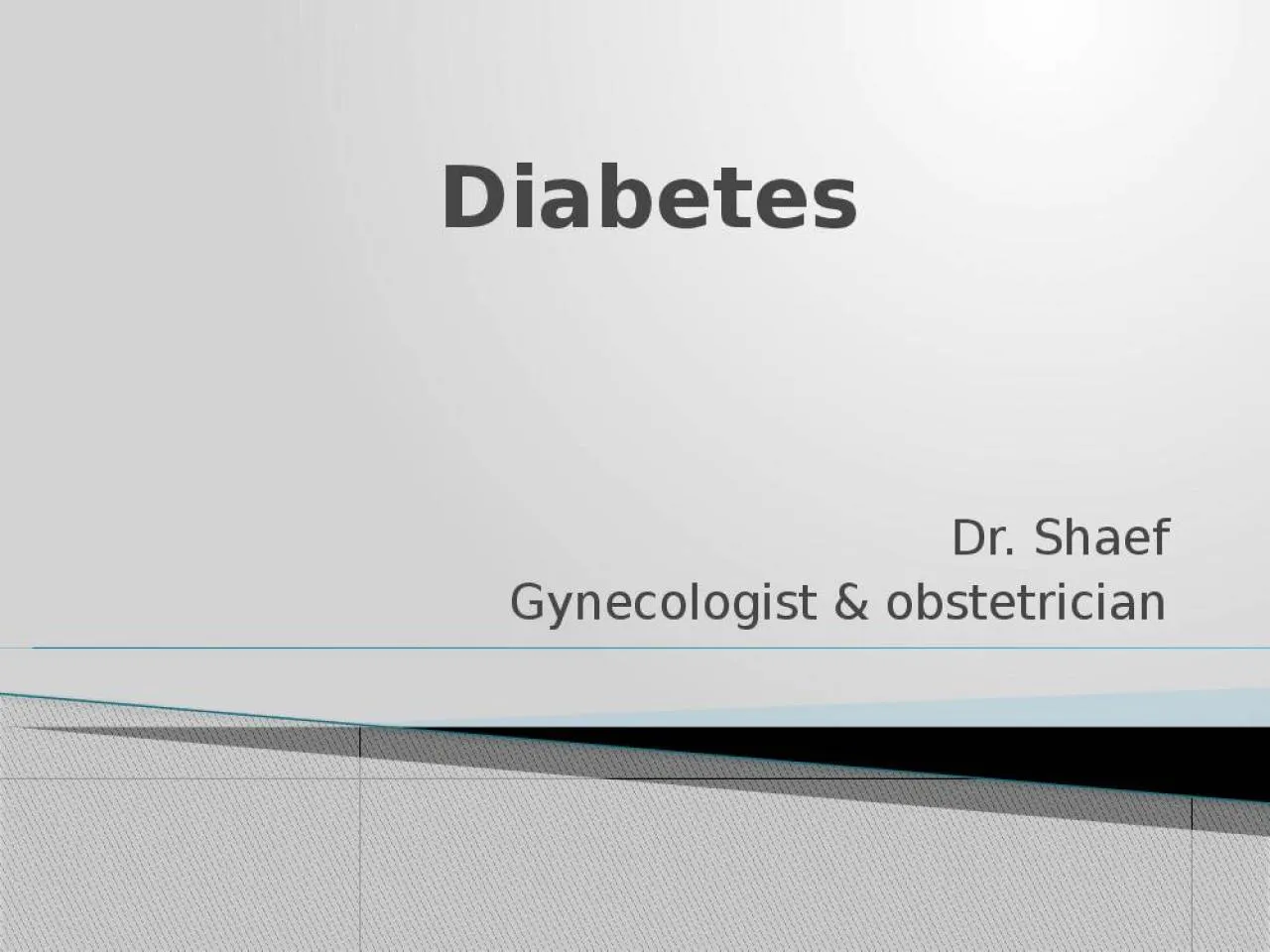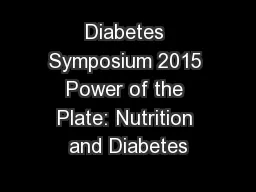PPT-Diabetes Dr. Shaef
Author : norah | Published Date : 2022-02-15
Gynecologist amp obstetrician 57 of pregnancies 90 GDM amp 10 diabetes type 1amp2 Insulin resistance in pregnancy in favor of placental secretion of GHCRHPLprogestron
Presentation Embed Code
Download Presentation
Download Presentation The PPT/PDF document "Diabetes Dr. Shaef" is the property of its rightful owner. Permission is granted to download and print the materials on this website for personal, non-commercial use only, and to display it on your personal computer provided you do not modify the materials and that you retain all copyright notices contained in the materials. By downloading content from our website, you accept the terms of this agreement.
Diabetes Dr. Shaef: Transcript
Download Rules Of Document
"Diabetes Dr. Shaef"The content belongs to its owner. You may download and print it for personal use, without modification, and keep all copyright notices. By downloading, you agree to these terms.
Related Documents














